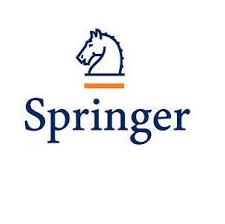Conclusions
The modification of multi-walled carbon nanotubes for colloidally stable in salt solution is an essential segment for realizing the practical applications in oil and gas industry. PSS covalently wrapped on MWNTs by in situ free radical polymerization was successfully prepared, which was a simple and effective approach to improve colloid stability in salts. The PSS/MWNT nanocomposite was fully characterized by Raman, NIR, TGA, GPC, SEM, and TEM. Grafting density of PSS was estimated to be about 38.75% and the weight-average molecular (Mn) of PSS was approximately 70 kDa. The thickness of the coated polymers (PSS) was about ~ 400 nm detected by TEM images. According to visual inspection, PSS/MWNTs nanocomposite could disperse in salt solution automatically without heavy ultrasonic and be free of aggregation over 30 days. And long-term stability of PSS/MWNTs nanocomposite dispersion in high concentrated brines was further confirmed by DLS measurements. Additionally, the zeta potential values of PSS/MWNTs composites in different salinity solution kept at around − 43 ~ − 52 mV for 14 days, and − 41 ~ − 43 mV for 30 days. These results showed that PSS/ MWNTs composites were wrapped by large amount of anionic polymer chains and possessed sufficient negative charges. Anionic polymer chains were easily solvated and extended in salt solution, providing steric repulsion for MWNTs stabilization. Therefore, by contrast with previous work at low salinities (Wei et al. 2016), the significant stability at salinity up to 15 wt% NaCl and API brines should be attributed to the combination of the strong electrostatic repulsion rendered by the negative charges and steric repulsion provided by polymer chains. Meanwhile, anionic polymers can well stable under alkaline conditions, so the PSS/MWNTs nanocomposites are potential materials for majority working fluids of petroleum industry.








